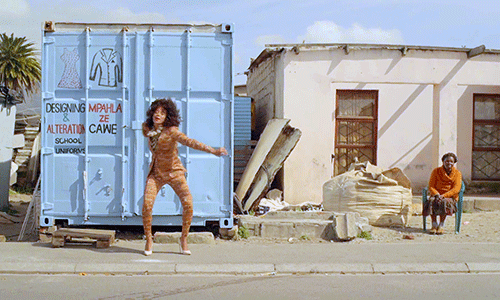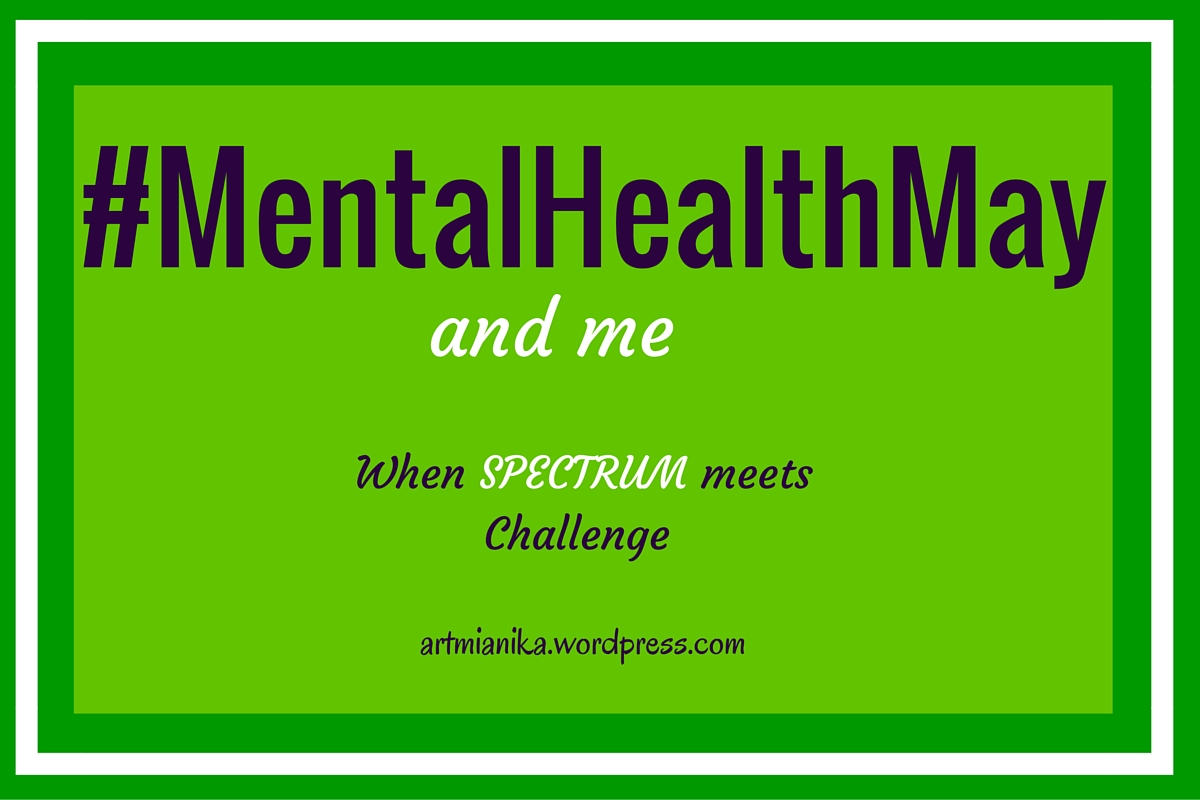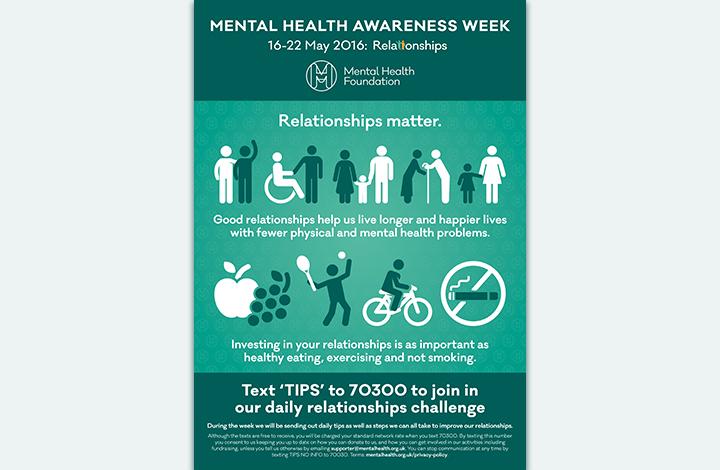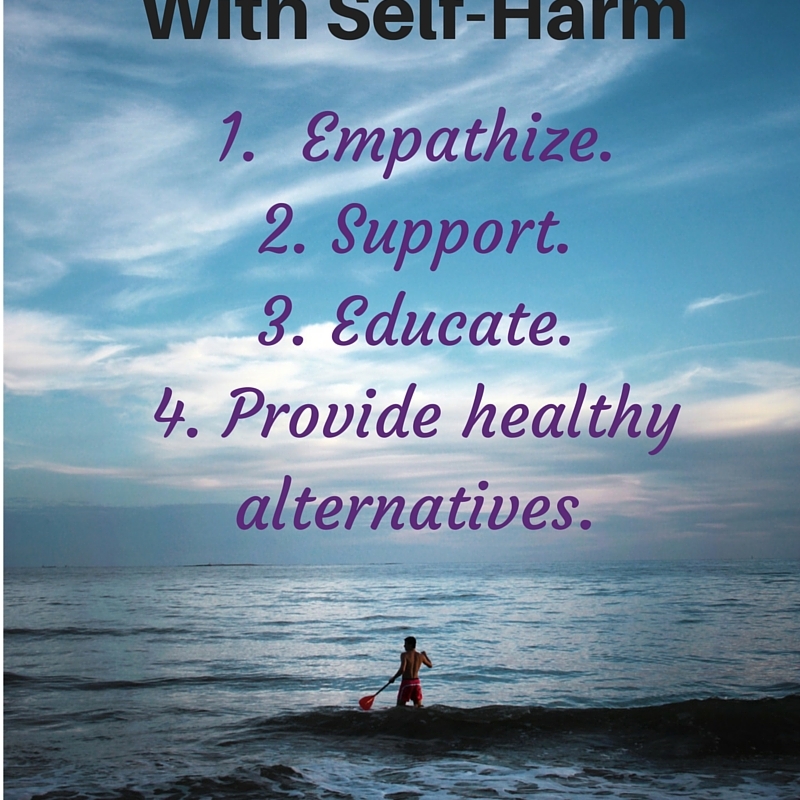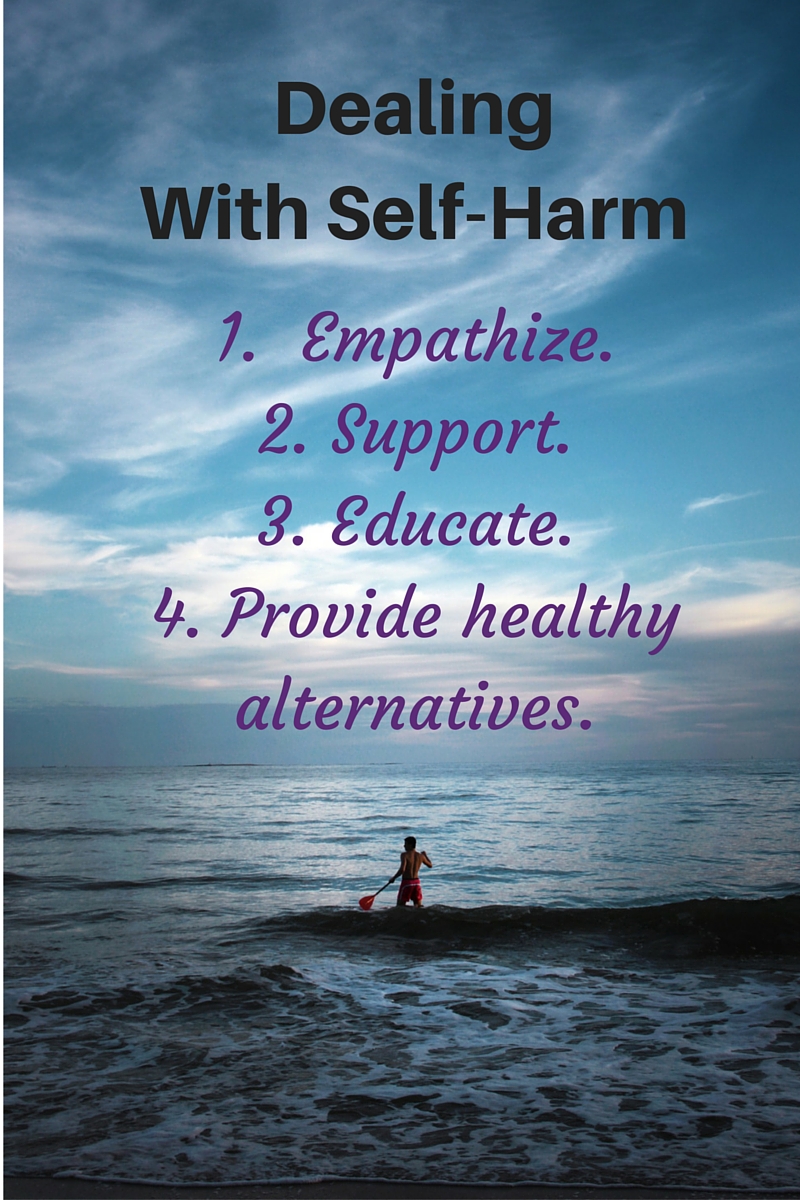Join Mental Health Chat on Twitter, Wednesdays 3 pm EST! Here’s a brief recap of yesterday’s discussion on anxiety. Note: I have edited names to protect participants.

This past Wednesday marks my first time participating in a mental health conversation with psychiatrists, psychologists, patients, and mental health advocates.
We talked about anxiety vs. fear, what factors play into it, ways of diffusing, coping mechanisms, stigmas and how to eliminate them to allow more healthy dialogue.
I really enjoyed the welcoming round table approach. I made some connections and took away some great information.
Points to consider:
- Anxiety is unease you experience when expecting a potential future threat, so it’s shaped by our perceptions. It differs from fear, which deals with present and impending threats.
- Anxiety can build up and paralyze one from taking action: The disruptive unease from anticipating negative results creates tension, stressing out your body and mind.
- Some factors that can influence our experience and levels of anxiety include fear of the unknown, generational successes and failures, and how our family members coped with anxiety: What did we see our parents do under pressure? How did our siblings and cousins respond to stressful situations?
In the areas that we saw relatives fail, or succeed, we likely picked up those habits, learning from their examples.
- Anxiety can become a motivator for moving beyond your circumstances. On the other hand, it negatively impacts our health, sense of self and well being: Anxiety keeps us suspended in a state of fight-or-flight mode, leading to heightened metabolism, weight loss, sleep apnea, and an overall worn down immune system.
- Triggers can both communal (things that commonly affect a group, such as math anxiety) and individual: They can include major life events and decisions (marriage, having children, college, big move, job transfer and other career decision, death), as well as everyday life occurrences: traffic, academic exams, or social (parties, being in large crowds…etc)
- Some forms or degrees of anxiety are learned behaviors. A parent’s anxieties influence the emotional responses of their children, because children are prone to blame themselves for problems at home and to absorb and internalize their parents’ stress.
Someone dealing with anxiety may not open up about their mental state, because of the stigmas surrounding mental ill health and seeking help.
PF: Others’ mocking or dismissing our fears increases our anxieties and adds to shameful, guilty feelings.
SC: [They] may isolate themselves from other people and situations or shut down in discussion. That can set off a chain reaction that continues to worsen if not dealt with.
Me: The vicious downward spiral! Sadly some can resort to drastic coping methods like drug misuse.
L: Some avoid triggers (staying home v. social event) or avoid internal conversation (drinking).
I noted how in Black communities, you carry burdens. We discuss mental health issues in house (immediate family primarily) behind closed doors.
LD: I also notice this in some Latino, and some Asian communities, as well.
BY: So true! You’re supposed to be silent about it, too– no complaints, no actions to defend your rights! Hate that!
Me: Our traumas and intersectional oppressions overlap. Each piece MUST be dealt with! Root of anxiety for me.
How do we deal with anxiety as individuals and as a society?
1. Release: Acknowledge your thoughts and emotions, examine your reality for what it is, adjust your perspective. Don’t stay stuck in processing or latch onto the anxious thoughts.
PF: Recognize when in panic; remind yourself that things are not always as we perceive; seek help at times to check out.
2. Redirect: When I’m faced with a situation that makes me nervous, I relax, drink tea, pause, meditate, draw or tweet, and reach out for encouragement from people who support me.
3. Be self-aware: We all have our own triggers. Don’t insulate by isolating!
Practice mindfulness by appreciating the moment, and practicing self-compassion. (thanks @ReflectiveJoy!)
As every person is unique, with their own social, ethnic, historical, economic background, offering generalized solutions by demographic group (such as mindfulness for everybody) may not prove effective. Each person needs their own unique approach:
T: Mindfulness is a very large area. There’s different types, so how does it become mainstream without “one size fits all”?
M: Good question. Maybe endorse different solutions by community?
T: I mean tailored to each individual rather than communities and recognize it doesn’t help anyone.
4. Respond, not react:
MHChat Moderator: To enhance our capacity for anxiety, we need to increase our windows of tolerance and create more adaptive responses.
AK: Almost train your mind to go with the flow. Accept how things are done [instead of] challenging every little thing.
P: Overanalysis can be destructive.
5. Educate: Keep the open dialogues going! Get mental health resources to underserved communities, such as homeless teens in missions, or in red-zoned or impoverished areas. Let’s overcome the stigma and speak on our struggles!
What coping methods do you use to deal with emotional distress? Want to raise awareness, promote good practice, share your views or experiences, celebrate your recovery, or anything else about mental health? Join & Share your views, experiences, and strategies with @MHChat!
You, too, can be an advocate for mental health! Join Mental Health Chat on Twitter, Wednesdays 8 pm GMT / 3 pm EST / 12:00 noon PST!You, too, can be an advocate for mental health! Join Mental Health Chat on Twitter, Wednesdays 3 pm EST!
Chat summary by Mia A. Jones-Walker
